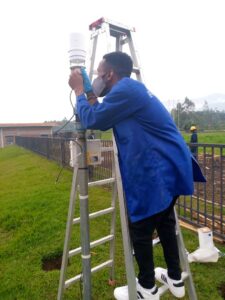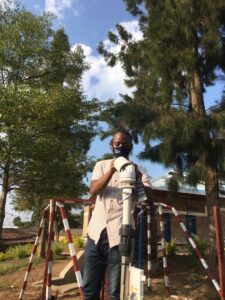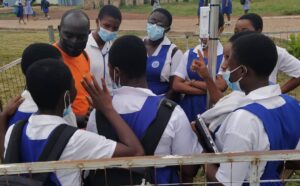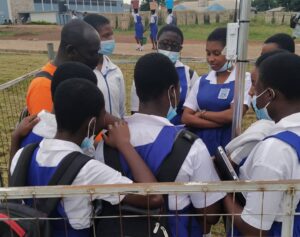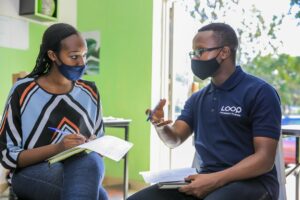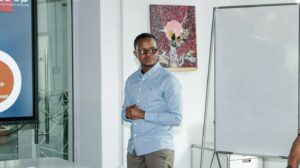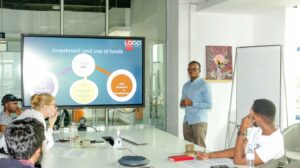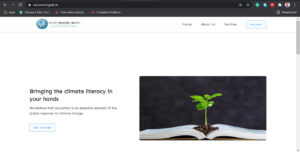Urban flood warning for Dire Dawa, Ethiopia

Early Warning and Anticipatory Actions receive increasing attention recently. Of the many hazards subject of early warning, we note that urban flooding is simultaneously one of the more challenging and impactful issues especially in developing countries and Africa in particular. HKV, Deltares, the Netherlands Red Cross, TAHMO and ICPAC have united to take up this challenge.
Rapid urbanization across Africa results in crowded, poorly planned cities. Many of these cities face floods several times a year, usually in lower-income, vulnerable and informal areas. Large damages and loss of lives are common impacts. While flood mitigation measures are expensive and require complex urban planning processes, early warning and early actions can mitigate impacts effectively.
Early warning for urban areas is challenging in multiple ways. Urban floods typically occur within a few hours after severe rainfall and occur suddenly and very locally. This makes them hard to predict, with a need for timely, precise and accurate information. It also provides a challenge in warning dissemination and anticipatory actions, once floods are predicted, to ensure the right actions are taken and people are informed timely and effectively.
Our consortium brings together expertise on monitoring and short term forecasting of extreme rainfall in Africa, super-fast flood models and carefully designed warning dissemination and anticipatory action protocols. This is combined into an early warning system for urban floods. Specifically, we will work on research into and the application of:
- Merging satellite-based rainfall estimates and TAHMO sensors for nowcasting to provide
precipitation forecasts for short lead times,
- A coupling between a distributed hydrological model and an innovative rapid flood
inundation model to calculate urban flood impacts at high computational speed, and
- Integration of the rainfall forecast and flood impact model for urban flooding in impact
based forecasting platforms to enable anticipatory action.
With support of the Dutch Partners For Water program, we will pilot this solution in Dire Dawa in Ethiopia. This is a city of almost half a million citizens, which suffered many flood induced casualties over past decades. After this pilot, the concept is ready for application to other urban areas in Africa.
The project is aligned with the Water at the Heart of Climate Action partnership.





